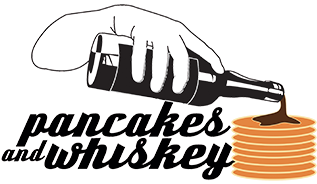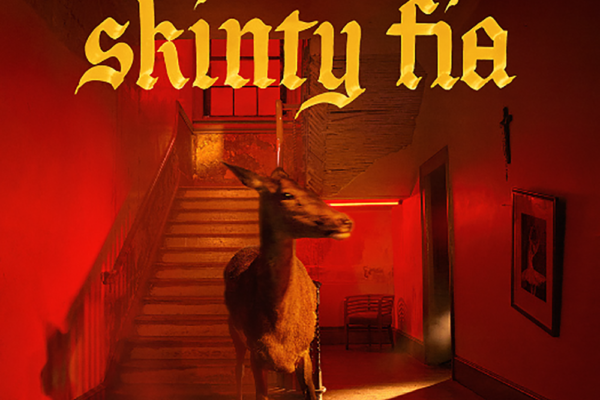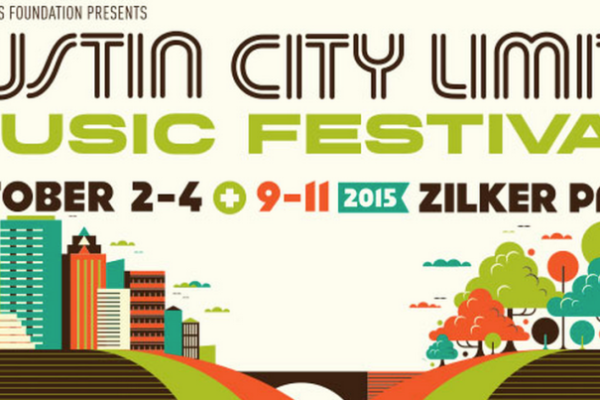“Don’t clap for this story, because most of it, I’m making up, and it isn’t true,” Neil Young said back in ‘73, joking that they got an offer to make “Heart of Gold” into a radio ad called “Burger of Gold” and turned it down. This is one of the down-to-earth moments captured on Tuscaloosa, Young’s latest archival release, that provides a snapshot of his warm rapport with the crowd between songs. Other introductions transport you back in time: “I’d like to do a song now for all the soldiers coming home from Vietnam,” Young says to a suddenly-quieter crowd before “Lookout Joe,” going on to sing it with gusto. It’s interesting to imagine how the Deep South might have been reacting to “A hip drag queen and a side-walking street wheeler” and the idea that they’ll “come to love ’em,” forty-six years ago.
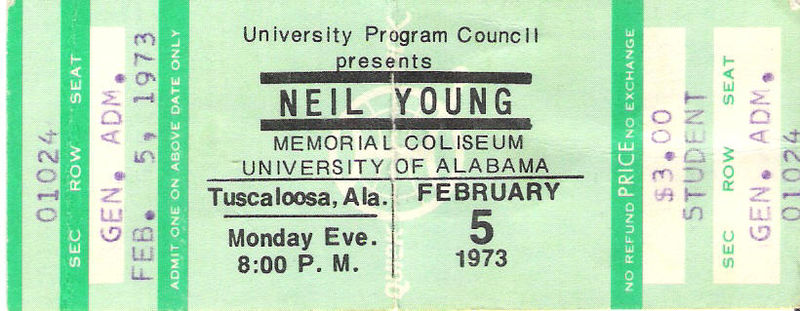
Neil Young 1973
Hand-picked for release by the legend himself from his vast archives, Tuscaloosa is one of those in-the-groove shows filled with pure-rock moments that can really trigger a gasp, whether you’re an avid Young fan or a modern newcomer. The recording is breathtakingly high-quality; fifty-three minutes of good classic rockin’ sprinkled with snippets of history and Young’s cool personality. Documenting most of an obscure Feb 5th, 1973 show he played with the Stray Gators at the University of Alabama – of which there are reportedly no bootlegs in existence – Tuscaloosa is a nice way to tide fans over while Young continues to work on an unformed studio album.
The fact that Young is so selective about what he puts out always provides extra assurance that you’re investing your time wisely. As the press release notes, “While Young has a number of live recordings available, his vision is to only release certain live documents that hold special meaning for him and ultimately for his fans.” The Tuscaloosa LP, in fact, doesn’t capture the beginning or the ending of the show, but it isn’t perceptibly lacking when you listen to it straight through. “I still make those decisions because I am here on the planet. I have no plans to release everything I have ever recorded. Some of it is just not good enough,” Young stated recently – and it’s clear why this eleven-track selection was up to snuff for him. This lineup includes Ben Keith on steel guitar, Jack Nitzsche on piano, Tim Drummond on bass, Kenny Buttrey on drums, with whom Young recorded the famed studio albums Harvest (1972) and Time Fades Away (1973).
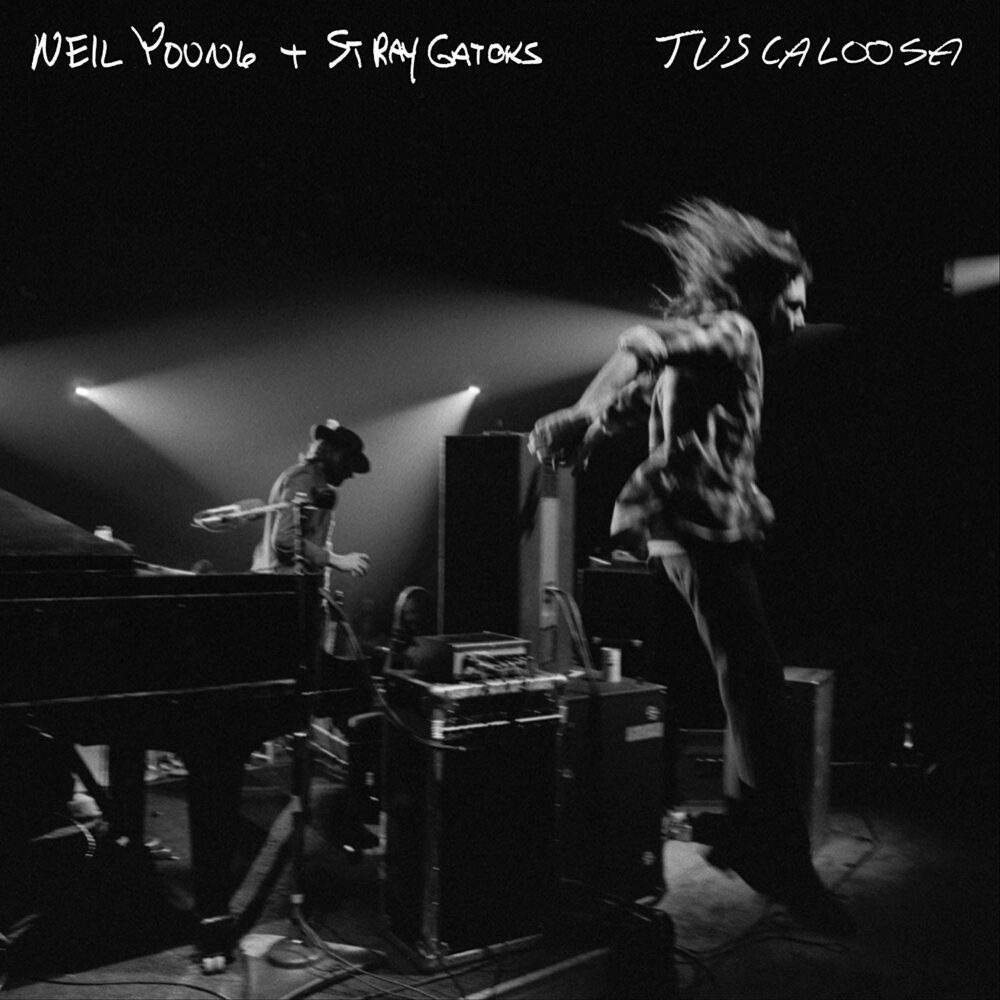
Album cover photographed by Joel Bernstein
The setlist from this unearthed show makes up a two-record LP (available here), including “Here We Are in the Years” (which prompts applause right away), “After the Gold Rush,” “Out on the Weekend,” and “Harvest” on Side A; “Old Man,” “Heart of Gold,” “Time Fades Away,” and “Lookout Joe” on Side B; ending with “New Mama,” the apropos “Alabama” (a “controversial” song at the time, according to the local paper) and “Don’t Be Denied” on Side C. Side D is blank with etched artwork on the vinyl, which is packaged in striking concert photography by Joel Bernstein. This acoustically-stunning release was produced by Neil Young (of course) and Elliot Mazer, mixed by John Hanlon, and mastered by Chris Bellman at Bernie Grundman Mastering from the original analogue tapes.
Intriguingly, you can find an absurdly scathing concert review of this very show from The Crimson White, The University of Alabama’s student-run paper, that sharply conflicts with how awesome their performance sounds in this resurfaced recording. “Go ahead on Neil, maybe you can con the boppers who know no better into thinking you’re the new Dylan,” the student writer rages with vintage sass. What’s hilarious is that I surely qualify as a present-day “bopper,” and no one could con me into thinking they’re ‘the new Dylan.’ And in the same vein, no one could ever con me into thinking they’re ‘the new Young.’ As it turned out, of course, Neil Young was inducted into the Rock and Roll Hall of Fame (in 1995) not long after Bob Dylan (in 1988), so it’s amusing to hear him disparaged with such a comparison a few decades before. The edgy Neil Young that had evidently frustrated the student press with his “shabby arrogance” is just the iconic badass my generation so admires, simply enjoying his time onstage during a show that sounded great.
Article: Olivia Isenhart
